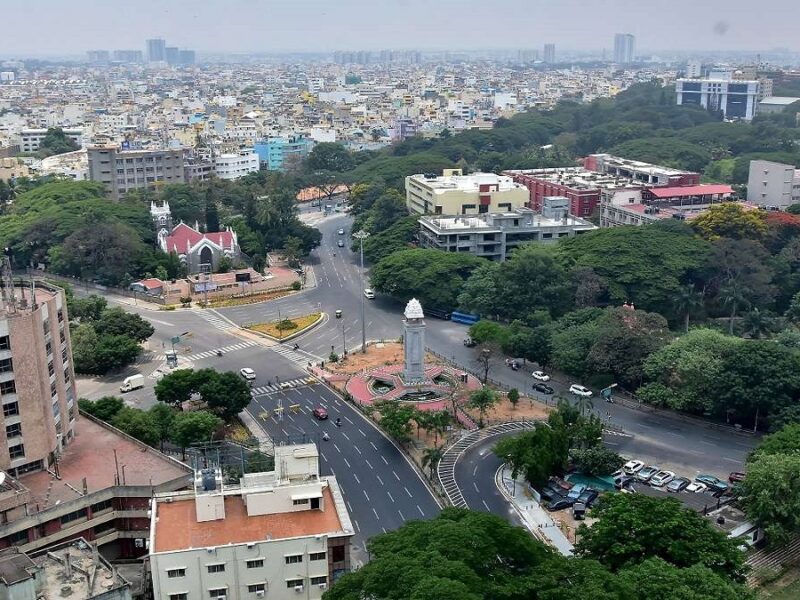Introduction:
Himachal Pradesh, nestled in the picturesque Himalayan region of India, boasts breathtaking landscapes and natural beauty. However, the state is also prone to natural disasters, with landslides being a significant concern. This article explores the causes, effects, and measures taken to mitigate landslides in Himachal Pradesh.
Causes of Landslides in Himachal Pradesh:
Landslides in Himachal Pradesh are primarily triggered by a combination of geological, meteorological, and human-induced factors. These include heavy rainfall, seismic activity, geological instability, deforestation, improper land use, and construction activities in hilly areas.
Effects of Landslides:
Landslides can have devastating effects on both human settlements and the environment. They can damage infrastructure, disrupt transportation networks, and lead to loss of life and property. The ecological impact of landslides includes soil erosion, alteration of water courses, and destruction of vegetation cover.
Notable Landslide Incidents:
Himachal Pradesh has witnessed several notable landslide incidents in the past, such as the 2013 landslide in Kedarnath and the 2017 landslide in Kotrupi. These incidents highlighted the vulnerability of the region to natural disasters and emphasized the need for improved preparedness and response mechanisms.
Mitigation Measures:
To address the growing concern of landslides, Himachal Pradesh has implemented various mitigation measures:
- Early Warning Systems:
- The state has set up advanced monitoring systems to detect potential landslides, allowing authorities to issue timely warnings to vulnerable areas.
- Afforestation and Soil Conservation: Large-scale afforestation projects are being undertaken to stabilize slopes and prevent soil erosion, which in turn reduces the risk of landslides.
- Infrastructure Planning: Engineers and urban planners are designing structures that can withstand landslide impact. Proper road and building construction techniques are employed to minimize the impact of landslides.
- Regulation of Construction: Strict regulations are in place to control construction activities in landslide-prone areas. This includes proper land use planning and controlled development.
- Public Awareness and Education: Initiatives are being taken to educate local communities about the risks associated with landslides and the steps they can take to minimize their vulnerability.
Conclusion:
Landslides remain a significant challenge in Himachal Pradesh due to its unique geography and climatic conditions. However, through a combination of scientific research, technological advancements, and community engagement, the state is working towards minimizing the impact of landslides and ensuring the safety of its residents. By understanding the causes and implementing effective mitigation measures, Himachal Pradesh is taking significant strides towards a more resilient future.


